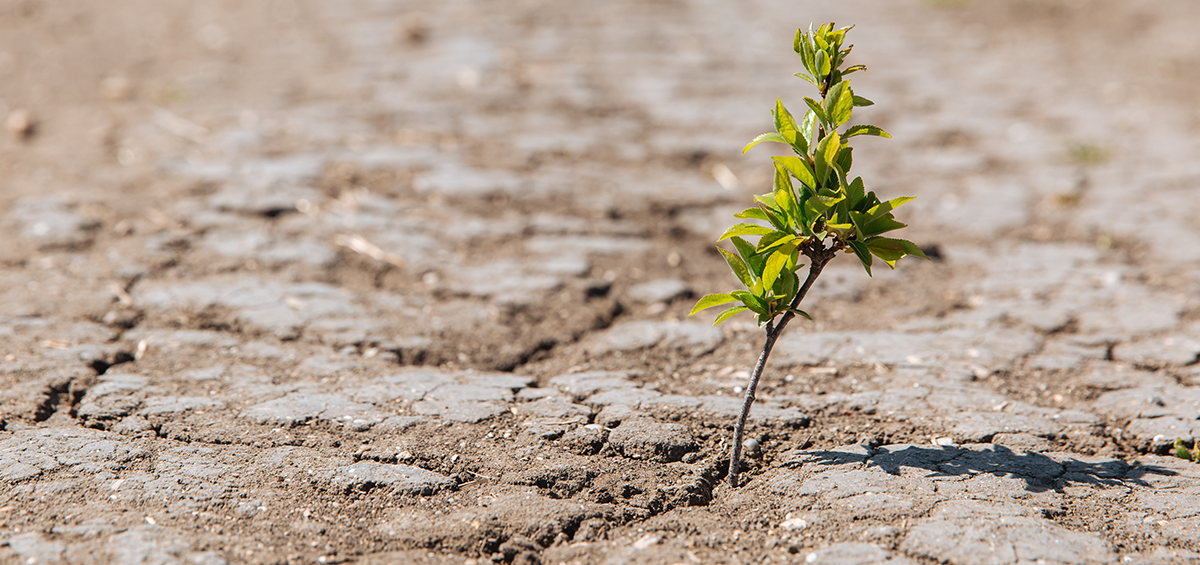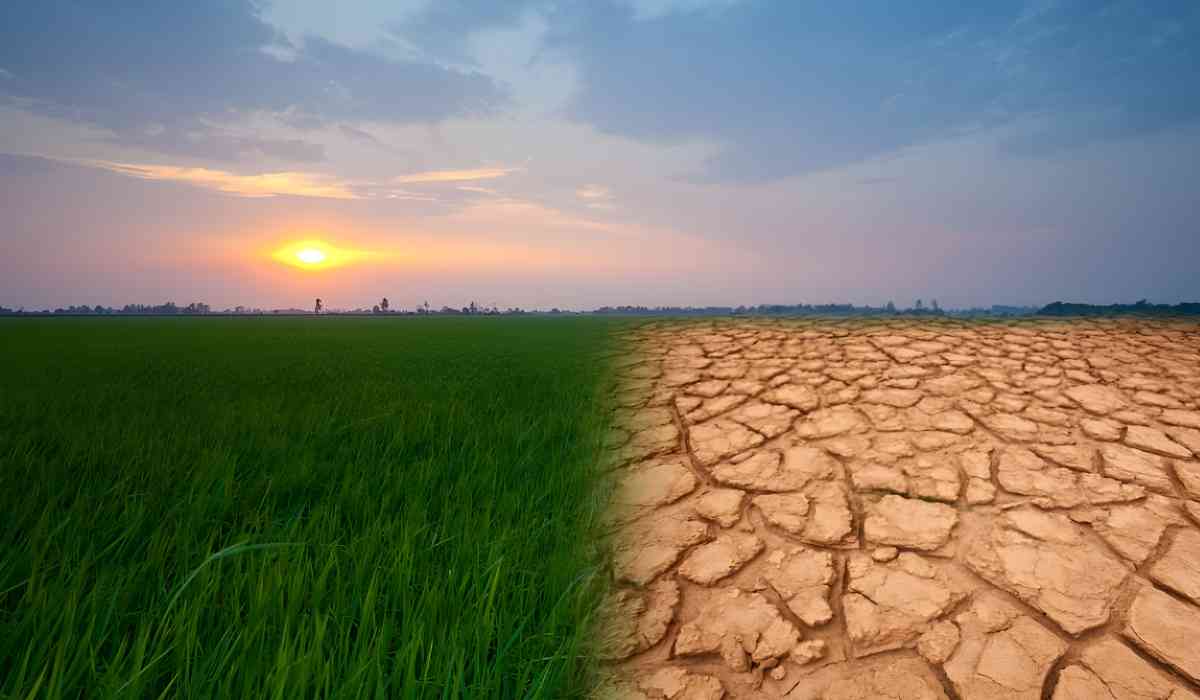Climate change is fundamentally reshaping agriculture worldwide, threatening food security, farmer livelihoods, and the stability of rural communities. As global temperatures rise and weather patterns become increasingly unpredictable, the agricultural sector faces unprecedented challenges—but also opportunities for innovation and resilience.

Challenges Facing Agriculture Due to Climate Change
-
Reduced Crop Yields and Food Security Risks: Rising temperatures, erratic rainfall, and extreme weather events such as droughts, floods, and storms are leading to lower crop yields and compromised food quality. Major staples like wheat, rice, and maize are particularly vulnerable, with some studies projecting a 5–10% decline in yields for every 1°C increase in global temperature. This jeopardizes food security, especially in regions already struggling with hunger and malnutrition.
-
Water Scarcity and Soil Degradation: Shifting precipitation patterns and increased evaporation rates are depleting water resources vital for irrigation. At the same time, soil erosion and degradation are accelerating, with over half of agricultural land now moderately or severely degraded. This reduces soil fertility and makes land less productive, further threatening future food supplies.
-
Pests, Diseases, and Livestock Stress: Warmer climates and changing weather patterns facilitate the spread of pests and diseases into new regions, while livestock face greater heat stress and feed shortages. These biological threats compound the difficulties faced by farmers, often resulting in increased use of pesticides and veterinary interventions.
-
Economic and Social Pressures: As yields drop and input costs rise, food prices are expected to increase by up to 30% in the next 25 years, disproportionately affecting the world’s poorest populations. Farmers, especially smallholders, are at risk of losing their livelihoods, which can lead to increased migration and social unrest.
Solutions and Adaptation Strategies
-
Climate-Smart Agriculture (CSA): CSA emphasizes practices that increase productivity, enhance resilience, and reduce greenhouse gas emissions. This includes crop diversification, conservation tillage, integrated pest management, and the use of drought-resistant and heat-tolerant crop varieties.
-
Water Management Innovations: Efficient irrigation techniques (like drip irrigation), rainwater harvesting, and improved watershed management help optimize water use and buffer against droughts and floods.
-
Soil Health Restoration: Techniques such as cover cropping, agroforestry, and organic amendments can restore soil structure, boost fertility, and reduce erosion, making agricultural systems more resilient to climate shocks.
-
Technological Advancements: Precision agriculture, remote sensing, and data-driven decision-making enable farmers to better anticipate and respond to climate risks. Biotechnology is also being leveraged to develop crops with improved stress tolerance and nutritional profiles.
-
Policy Support and Global Collaboration: Governments, researchers, and international organizations must work together to provide financial incentives, insurance schemes, and knowledge-sharing platforms that empower farmers to adopt adaptive practices. Strong policy frameworks are essential to drive investment and foster innovation in climate-resilient agriculture.
The Road Ahead: Building Resilience in Agriculture
The future of agriculture in a changing climate depends on proactive adaptation and mitigation efforts. Key priorities include:
-
Scaling up research and extension services to disseminate climate-smart techniques.
-
Investing in infrastructure to support water storage, transportation, and market access.
-
Enhancing early warning systems for extreme weather and pest outbreaks.
-
Promoting sustainable land management and restoring degraded ecosystems.
-
Ensuring that adaptation strategies are inclusive, benefiting smallholder and marginalized farmers.
With coordinated action, technological innovation, and robust policy support, the agricultural sector can not only withstand the impacts of climate change but also contribute to a more sustainable and food-secure world.

Final Note
Climate change presents a formidable challenge to global agriculture, but it also offers a catalyst for transformation. By embracing adaptive strategies, investing in sustainable practices, and fostering international cooperation, we can secure the future of food production and rural livelihoods in the face of an uncertain climate.
With inputs from agencies
Image Source: Multiple agencies
© Copyright 2025. All Rights Reserved Powered by Vygr Media.























